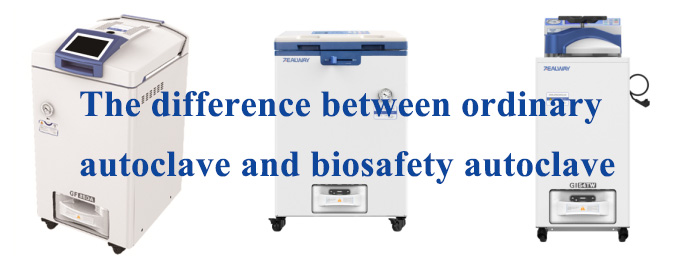
In the fields of medical treatment, scientific research, and various biological experiments, sterilizers play a pivotal role. Among them, ordinary high-pressure sterilizers and biosafety sterilizers are two common types of sterilization equipment. Although both are committed to eliminating the presence of microorganisms, there are significant differences in many key aspects. These differences are not only reflected in their working principles and structural designs but also extend to multiple levels such as application scenarios and safety standards.
I.Definition
Ordinary autoclave: A device that uses a high-temperature and high-pressure environment to kill microorganisms for the purpose of disinfection and sterilization.
Biosafety autoclave: A biosafety autoclave is a specially designed and manufactured sterilization equipment. It is intended to effectively kill microorganisms when handling items with biological hazard risks. Meanwhile, through a series of special structural and functional designs, it can prevent harmful microorganisms or pathogens from leaking into the external environment during the sterilization process, thereby ensuring the safety of operators, the surrounding environment and public health.
II.Application scenarios
Ordinary autoclave: Ordinary autoclave are widely used in general laboratories, disinfection supply centers of medical institutions and other places. They are mainly used for sterilizing non-infectious medical devices, experimental instruments, dressings and so on.
Biosafety autoclave:It mainly serves places with extremely strict biosafety requirements such as biosafety laboratories, infectious disease hospitals, and centers for disease control and prevention. It is specifically responsible for handling potentially dangerous items such as pathogens, microbial cultures, and infectious wastes.
III.Design differences
The structure of an ordinary autoclave is usually relatively simple, mainly including key components such as a sterilization chamber, heating system, and control system. Its core design focuses on creating a high-temperature and high-pressure environment to effectively kill microorganisms.
Biosafety autoclave on the other hand, have a more complex and sophisticated structural design. In addition to containing the basic components of ordinary autoclave, they are additionally equipped with a series of strict safety protection devices. These unique designs aim to comprehensively prevent the leakage of harmful microorganisms that may occur during the sterilization process, providing solid safety guarantees for operators and the surrounding environment.
IV.Recommendations for biosafety autoclave
1.0.2μm original imported hydrophobic PTFE filter (with a filtration accuracy of up to 99.99%);
2.In-line sterilization: the filter is sterilized synchronously during the sterilization process, and the temperature of the in-line sterilization device can be displayed;
3.The number of times the biosafety filter has been used can be queried;
4.Advanced stainless steel pipeline connections wrapped with thermal insulation cotton;
Zealway is a leading professional supplier of sterilization solutions in the industry. For more than 20 years, it has focused on the R&D, manufacturing, and service in the field of sterilization equipment, and is committed to providing complete sterilization solutions to customers with higher requirements for safety, quality, performance, and functions. On this path, we continue to innovate and strictly demand ourselves. To facilitate customers’ use, we strive to realize our principle: let service become a brand, and lead quality into the future.


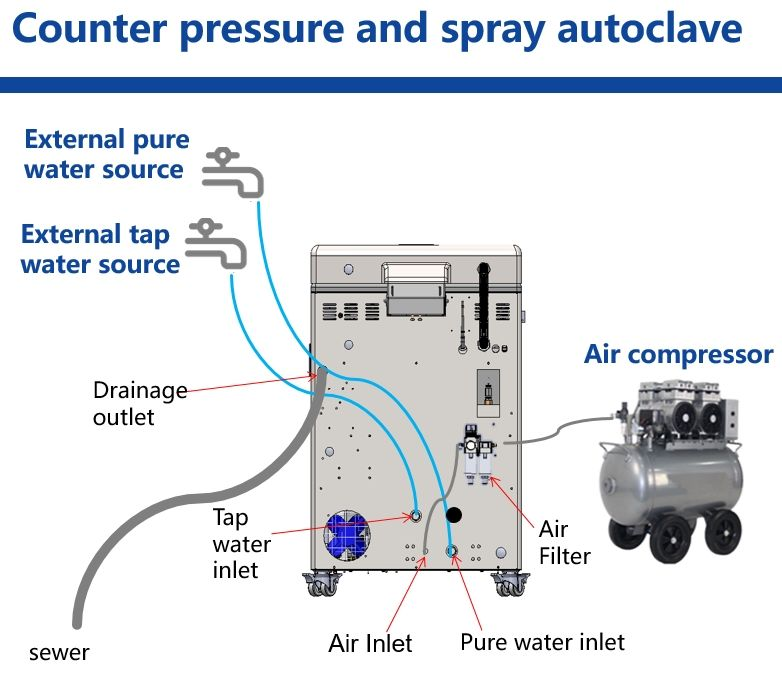

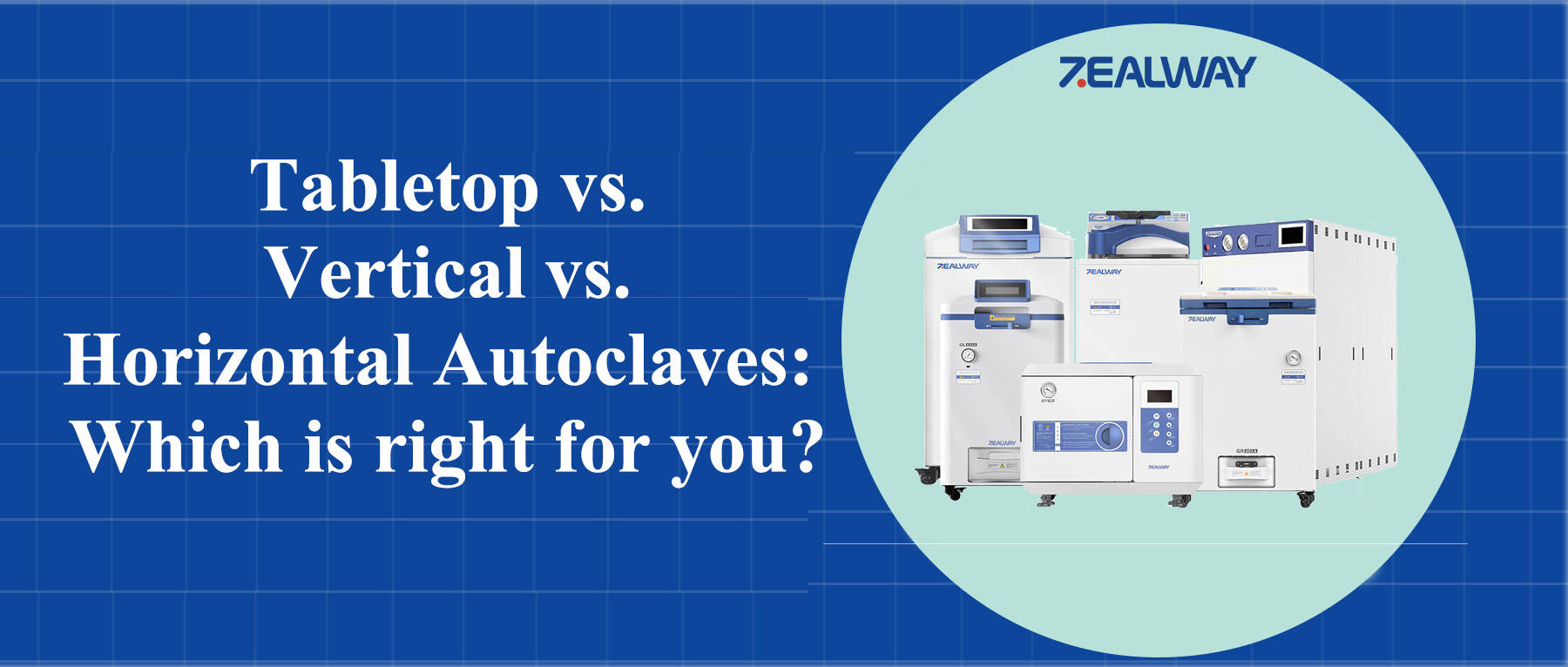



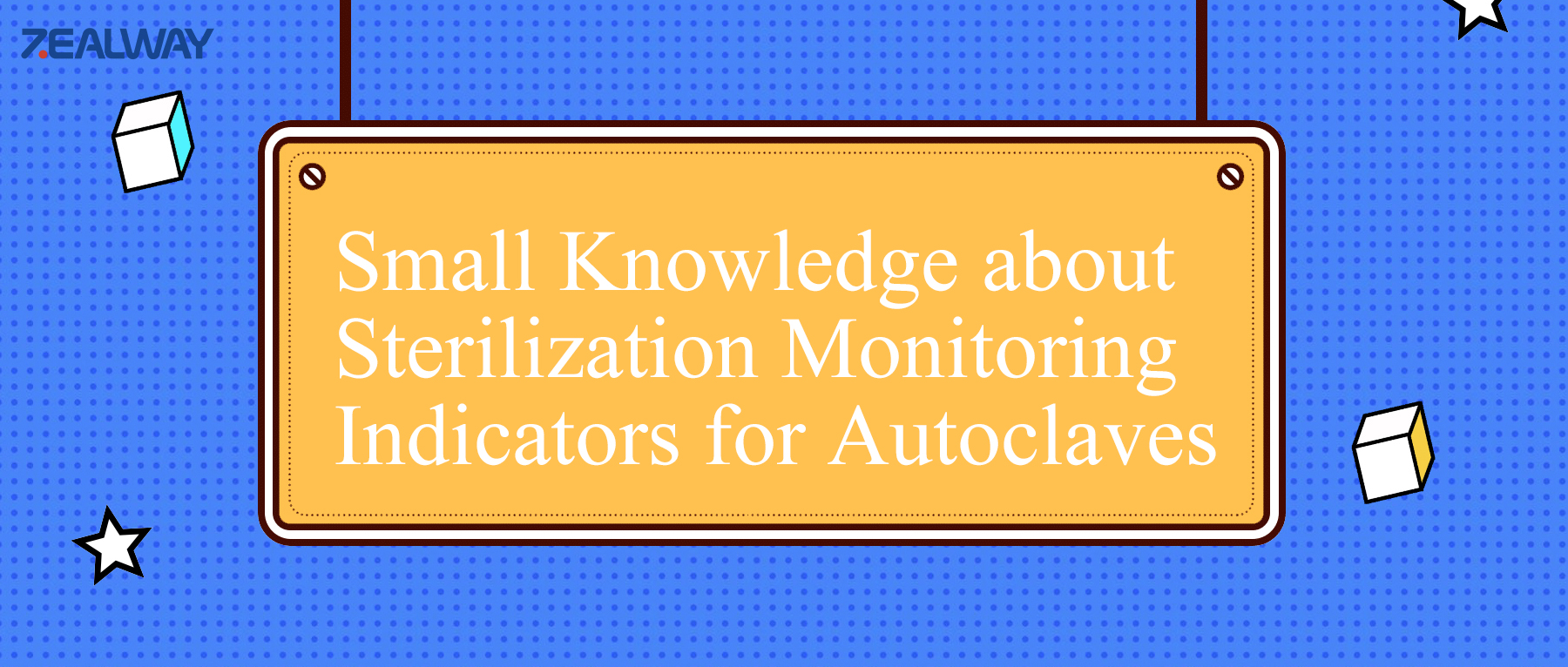

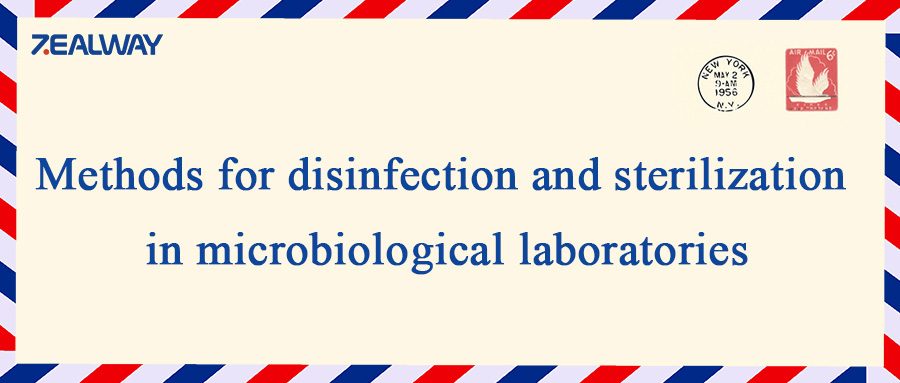



ZEALWAY provides quality autoclaves, full services and professional sterilization solutions for you.
Leave a Reply